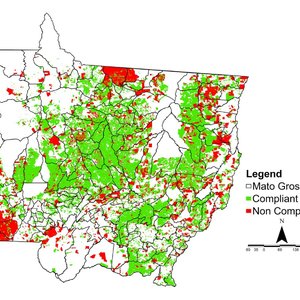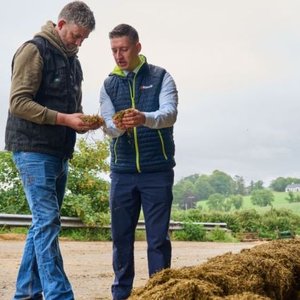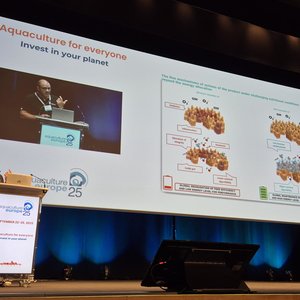Nutriad has released the results of its 2017 Mycotoxin Survey of Spanish maize.
More than 480 analyses were conducted on 121 maize samples from across Spain to test for the occurrence of the 4 mycotoxins most frequently found in agricultural commodities intended for animal production. All samples were collected almost immediately after the harvest from farms or animal feed production sites.
The survey provided an insight into the incidences of aflatoxin B1 (AfB1), zearalenone (ZEN), deoxynivalenol (DON) and fumonisins (FUM) (sum of fumonisin B1 and fumonisin B2).
All 4 mycotoxins were analyzed by Enzyme-Linked Immuno-Sorbent Assay (ELISA). For the purpose of data analysis, non-detection levels were based on the limits of quantification (LOQ) of the test method for each mycotoxin: AfB1 <1 μg/kg; ZEN <5 μg/kg; DON <74 μg/kg and FUM <222 μg/kg.
The results showed that almost 47% and 44% of the maize samples were contaminated with FUM and DON, respectively. Only 5,8% of the samples contained AfB1 and this low incidence of contamination was unexpected.
The average concentrations of all recovered mycotoxins were medium (>LOQ but below EU recommendation levels). The highest concentration of DON detected in one of the samples reached 3090 μg/kg. Unexpectedly, 53% of the samples contained ZEN, a mycotoxin than can affect the fertility performance of all animal species. This incidence is much higher in comparison to the previous year when only 8% of samples were positive for ZEN.
Several samples were concurrently contaminated with 2 to 4 mycotoxins which may lead to synergistic interactions among them.










